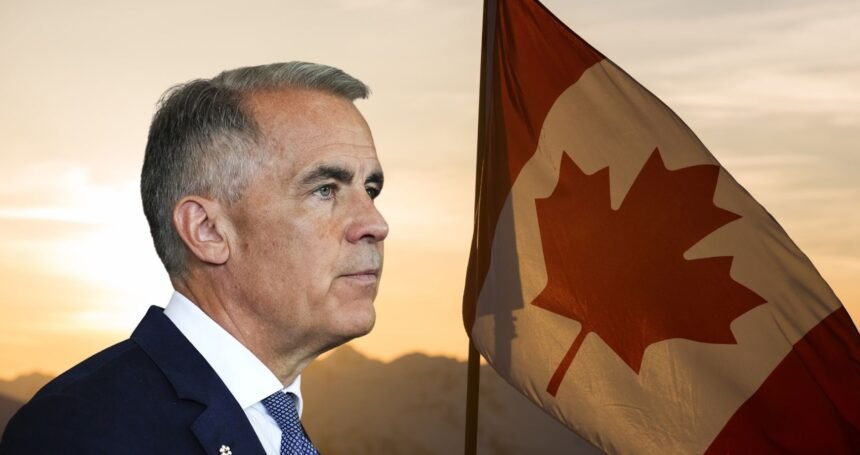Mark Carney is getting Canadians ready for a less prosperous fiscal season.
In new comments about his budget ideas, the former head of the central bank said that families and businesses should be ready to make sacrifices as Ottawa tries to restore trust in deficits while still funding growth priorities in housing, energy, and productivity.
The message was clear, but anyone who had seen him deal with policy changes in the past would have understood it.
Over time, balance the books, put money into things that will help the economy grow, and be honest about the trade-offs.
The early outlines show that programme spending will grow more slowly, some transfers and credits will be harder to get, and there will be a push to move money to projects that free up supply.
Carney has already framed the supply problem as a challenge to productivity and permitting, not just financing. His recent project picks show how he plans to improve the economy as a whole.
Expect support to be linked to new units that can be shown to be working and faster approvals, not open-ended incentives.
A believable long-term plan for resource projects can bring in private money and help with infrastructure problems.
His team’s earlier signals about big changes suggest that he prefers shovel-ready builds and clearer timelines, which is in line with how he named the first projects for the Major Projects Office.
If Ottawa can make more room in housing, transmission, and ports, inflation pressure will go down faster, and the Bank of Canada will be able to cut rates with more confidence.
When people talk about sacrifice, it can sound like austerity, which has a bad name after years of high living costs. Carney is trying to find the right balance by combining discipline with clear victories.
His earlier ideas for housing, like a controversial GST rebate for housing, show the conflict between short-term help and long-term supply.
He has shown that he is willing to prioritise goals that protect jobs and competitiveness when it comes to climate policy. For example, he put an electric vehicle mandate on hold while trade and tariff risks were reevaluated.
The most important things to think about are the direction of the deficit, the profile of bond issuance, and any tax changes that will help the economy grow.
Markets will look for a path back to guardrails that is dated and slows down nett supply while keeping term premiums low.
A believable plan that focuses on efficiency and spending reviews instead of broad based tax hikes can help people trust Canadian assets.
If there are real changes to the permitting process and a steady stream of energy and housing projects, the growth outlook could improve even as overall spending slows down.
Core inflation has stayed the same, and wages are still rising faster than productivity.
Fiscal caution that cuts demand at the edges and eases cost pressures in the medium term would help the central bank finish the job of lowering inflation.
Ottawa will need to make clear deadlines for programme reviews, set public deadlines for important projects, and show that its savings are real and not just costs that will be put off.
It will also need to show that the help is going to the most vulnerable families without raising prices again.



















